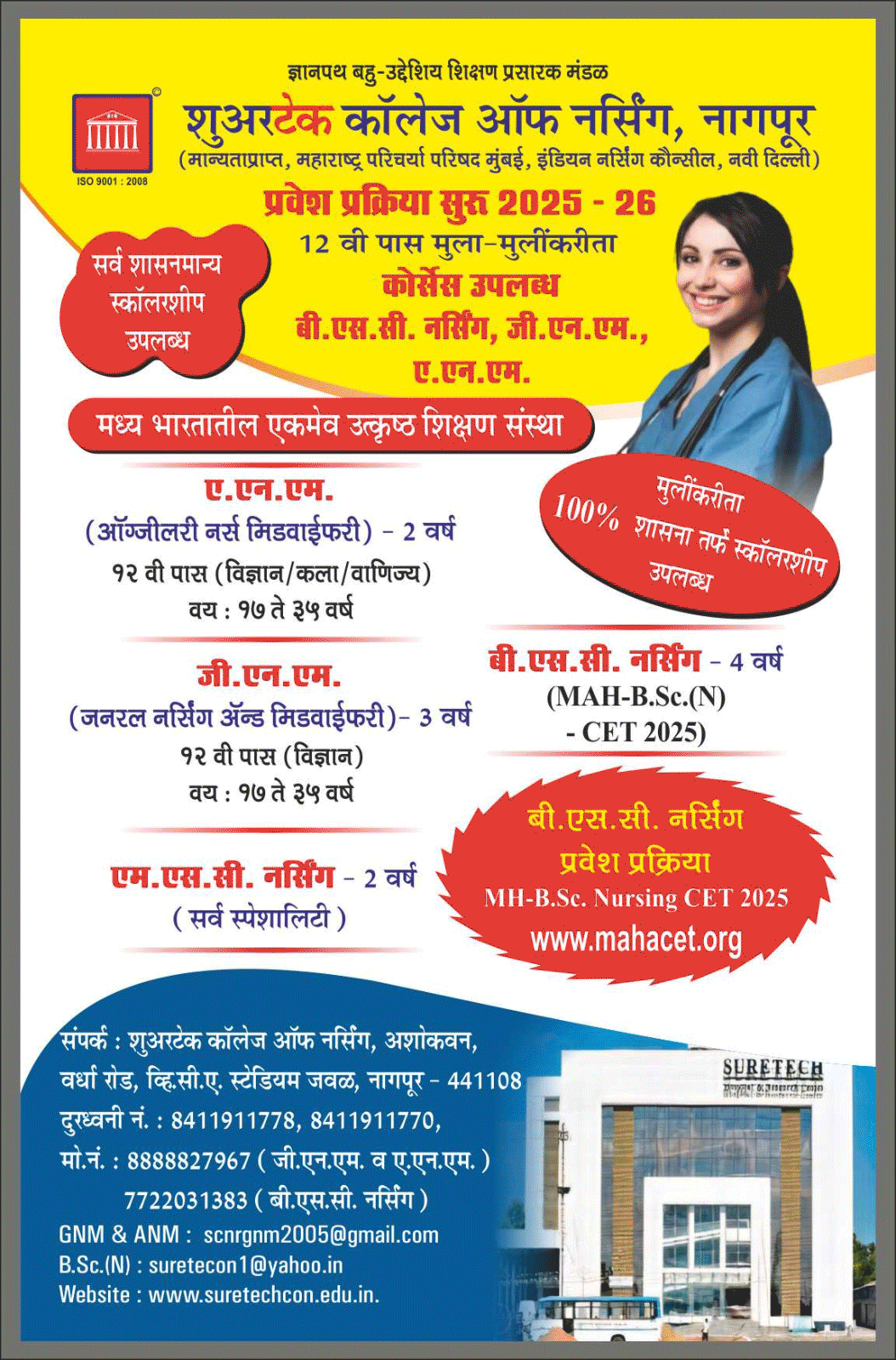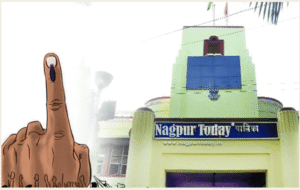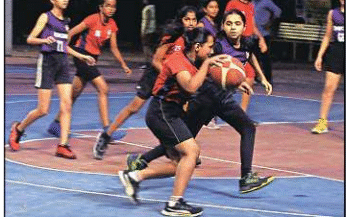
A Celebration Rooted in Tradition
The Jyeshta Gauri (Mahalaxmi) Puja has been observed in Vidarbha households for generations. More than just a religious ritual, it is cherished for its ability to unite families, neighbours, and communities. Unlike some rituals confined to caste or community lines, Mahalaxmi Puja is inclusive, reflecting the universal wish for prosperity and harmony.
According to legend, Mahalaxmi visits her maternal home (“Maheri” or “Maika”) once a year, staying for three days with her family. Her symbolic return is believed to bring wealth, happiness, and well-being. Many households worship the Goddess in pairs, such as Jyeshta-Kanishtha, Gauri-Laxmi, or Sakhi-Parvati, signifying balance and abundance.
Rituals Over Three Days
- Day One: The Goddess is welcomed with flowers, fruits, lamps, and devotional hymns.
- Day Two (Highlight): Families prepare an elaborate Mahaprasad. Special dishes include a mix of 16 seasonal vegetables, Ambil (jowar flour preparation), and the much-loved Puran Poli. The meal is shared widely, strengthening community ties.
- Day Three: The festival concludes with the Haldi-Kumkum ceremony, where women exchange turmeric and vermilion while wishing each other prosperity—a tradition that fosters both devotion and social bonding.
Cultural Significance in Vidarbha
While Mahalaxmi Puja is celebrated across Maharashtra, in Vidarbha it rivals even Ganeshotsav in scale and enthusiasm. Families blend ancestral traditions with modern touches, ensuring the rituals remain vibrant and meaningful across generations.
More than a ritual, it is a festival of togetherness, where doors are opened to neighbours, relatives, and even strangers, reflecting Vidarbha’s deep-rooted culture of hospitality and shared joy.
FAQ: History & Traditions of Mahalaxmi Puja
Q1. What is the legend behind Mahalaxmi Puja?
It is believed that Goddess Mahalaxmi returns to her maternal home once a year for three days, symbolizing prosperity, fertility, and well-being entering households.
Q2. How old is this tradition in Vidarbha?
Historical references and oral traditions suggest that Mahalaxmi Puja has been celebrated in Vidarbha households for centuries, passed down through generations as one of the most significant family festivals.
Q3. Why is food, especially Mahaprasad, so important during the festival?
Food plays both a devotional and social role. The 16-vegetable mix, Ambil, and Puran Poli symbolize abundance and are shared with extended families and neighbours, reinforcing bonds of community.
Q4. What makes the Haldi-Kumkum ceremony special?
It goes beyond worship—it serves as a social gathering for women across different communities, promoting unity, goodwill, and sisterhood.
Q5. How is Mahalaxmi Puja different in Vidarbha compared to other regions?
In Vidarbha, it is celebrated with equal importance as Ganeshotsav. The emphasis on family involvement, inclusivity, and elaborate household traditions makes it stand out.
As Nagpur continues to celebrate Ganeshotsav, the arrival of Mahalaxmi will enrich the festive spirit, filling homes with devotion, kitchens with delicacies, and hearts with joy.















